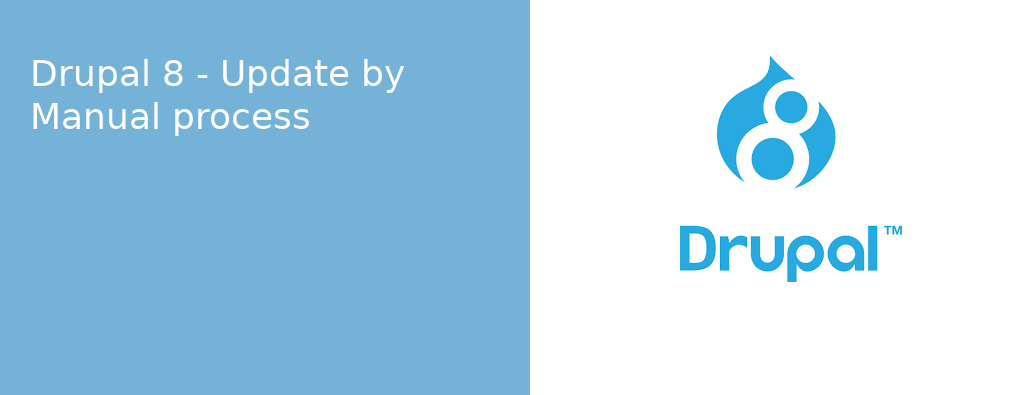Updating Drupal 8 Manually
Follow the below steps to update Drupal:
- Download the latest version of Drupal from Latest Drupal Download.
- Replace the following folders and files from the latest version to existing one.
- core
- autoload.php
- index.php
- INSTALL.txt
- LICENSE.txt
- README.txt
- update.php
- web.config
- Replace the following folders and files from the latest version to existing one, by comparing both the files and folders
- vendor (Copy and paste, the missing libraries from the latest version to old vendor folder.)
- composer.json (Compare the files of latest version and old version, then include the missing library and scripts from latest version into existing composer.json)
- composer.lock (Compare the files of latest version and old version, then include the missing library and scripts from latest version into existing composer.lock)
- robots.txt (Include the new rules from the latest version into existing version)
- Replacing the hidden files both entirely and by comparing
- .htaccess (Include the new rules from the latest version to existing version)
- .csslintrc (Replace it)
- .editorconfig (Replace it)
- .eslintignore (Replace it)
- .eslintrc.json (Replace it)
- .gitattributes (Replace it)
- .ht.router.php (Replace it)
- After doing above steps, change the 'update_free_access' to TRUE in settings.php.
- Hit the 'http://localhost/drupal/update.php' for executing database updates for the new version.
- After completing the database update, try rebuilding the cache using 'drush cr'. If, it is successful no problem, if not then try to run 'drush cr'.
- After completing cache rebuild, try accessing the website.
- Verify the drupal version under 'Status Report' and check for any issues.
- After completing database update revert the value of 'update_free_access' to FALSE in settings.php.
